Fiber Position
The sculpture installation featured a series of mixed media works focused on the construction of garden and yard waste as principal materials. My approach to the work was to simply handle fallen branches, grass roots, weeds, and other plant fibers. They drew out my intrinsic affinity for their contrasting fragility and strengths. As I worked the soil body out from the network of roots I wanted to share those experiences through visual forms. Fiber Position informed us of our stance and impact on this prairie land. History reminds us of the First Stewards who built earth lodges in kinship with nature and spirit of reciprocity. Colonial settlers heaped sod houses; followed by displacement and conquest. Today, we contend with lumber markets and unsustainable means of farming. These histories are told via fiber—organic and synthetic, botanical and optical. But in looking forward, what position will plant fibers have in a precarious and uncertain future?
Dominant mediums derived from fossilized fibers are in the form of plastics, which preserved select objects for the exhibition. The plant fibers juxtaposed with plastic was meant to cause a viewer to understand beyond the object itself. Transparent, organic shaped boxes filled with grassroots and biochar titled, Futures are a remedy for an unseen world. Within Futures, the fibers represent soils hereafter with vitamin infused charcoal as the alternative to industrial fertilizers for agri-monoculture. A larger presence, Oracle was a biomorphic free-standing sculpture, standing guard for the space. She invited the viewer to follow the grace of a meandering, grassy maidenhair tail into the gallery only to be confronted by a mythical and alien, fibrous face. Fiber Position allured viewers to contemplate influential powers that organic fibers have in our lives, now and into the future.
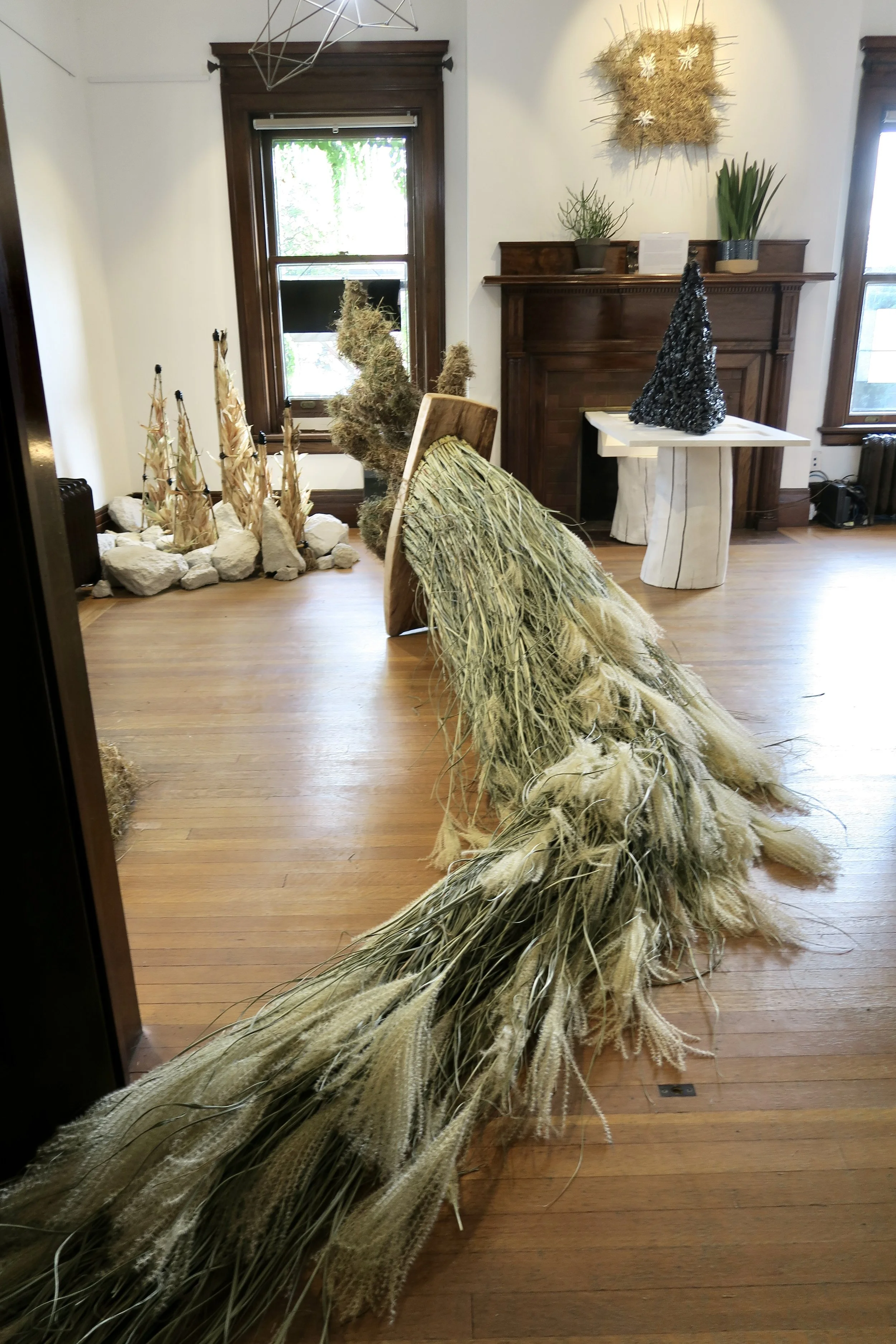
Gallery entrance led by grass tail of Oracle. This exhibition incorporated plant fiber as an artist medium.
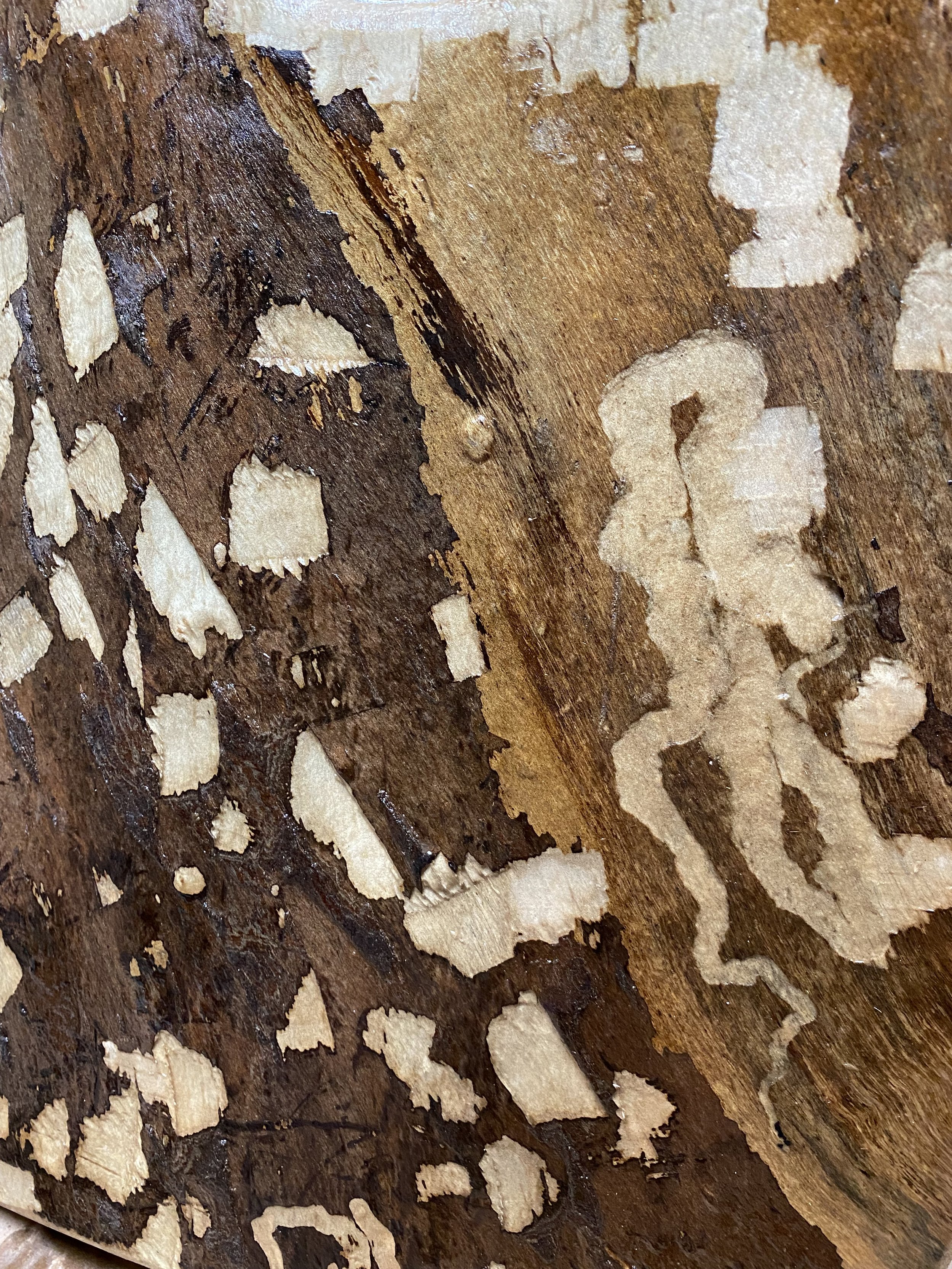
This reclaimed piece of local silver maple is the structure for Oracle. Some marking are carved from an invasive insect.
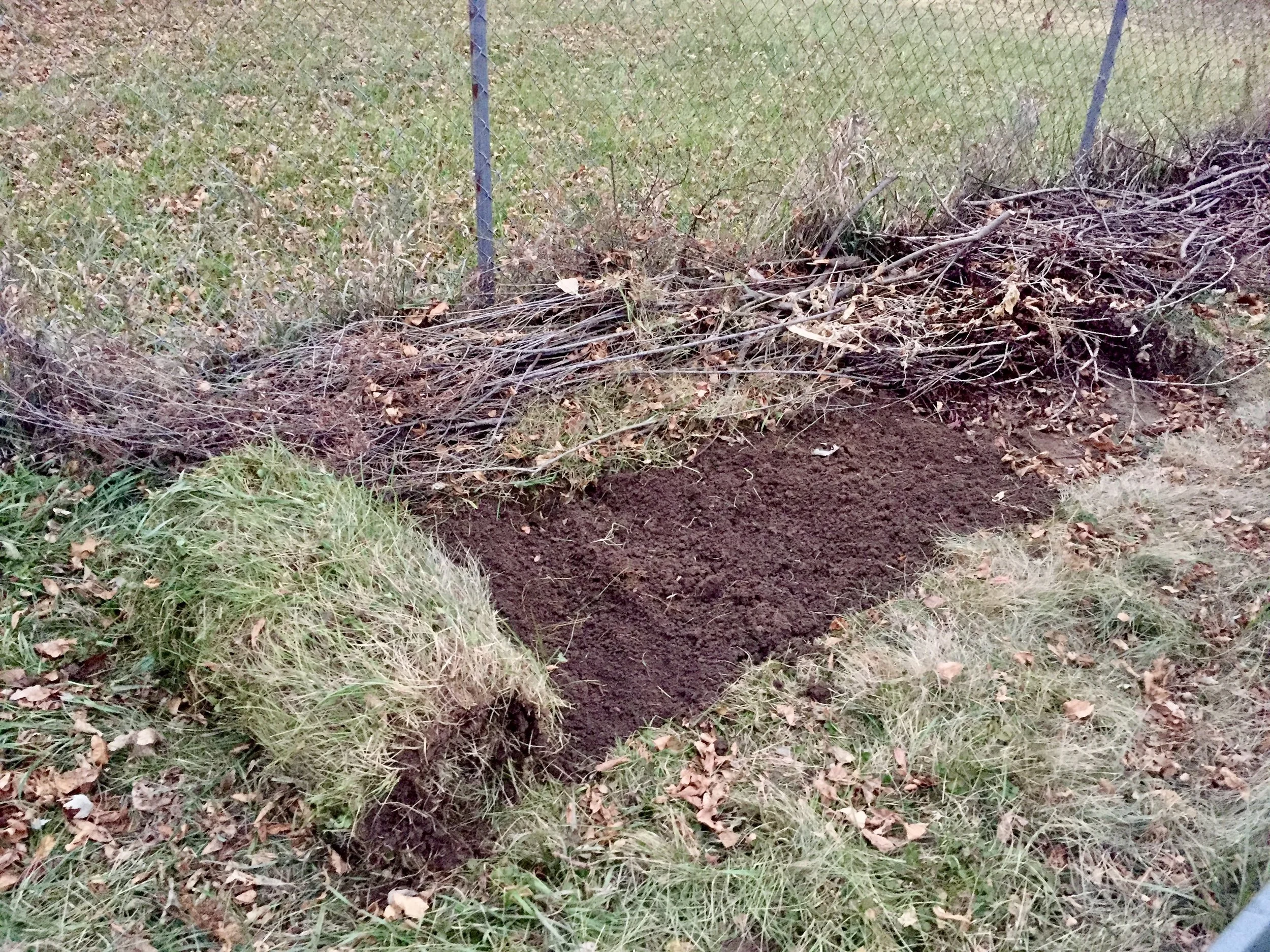
Removing the sod served two purposes; one for using as an art medium, the other for a garden plot.
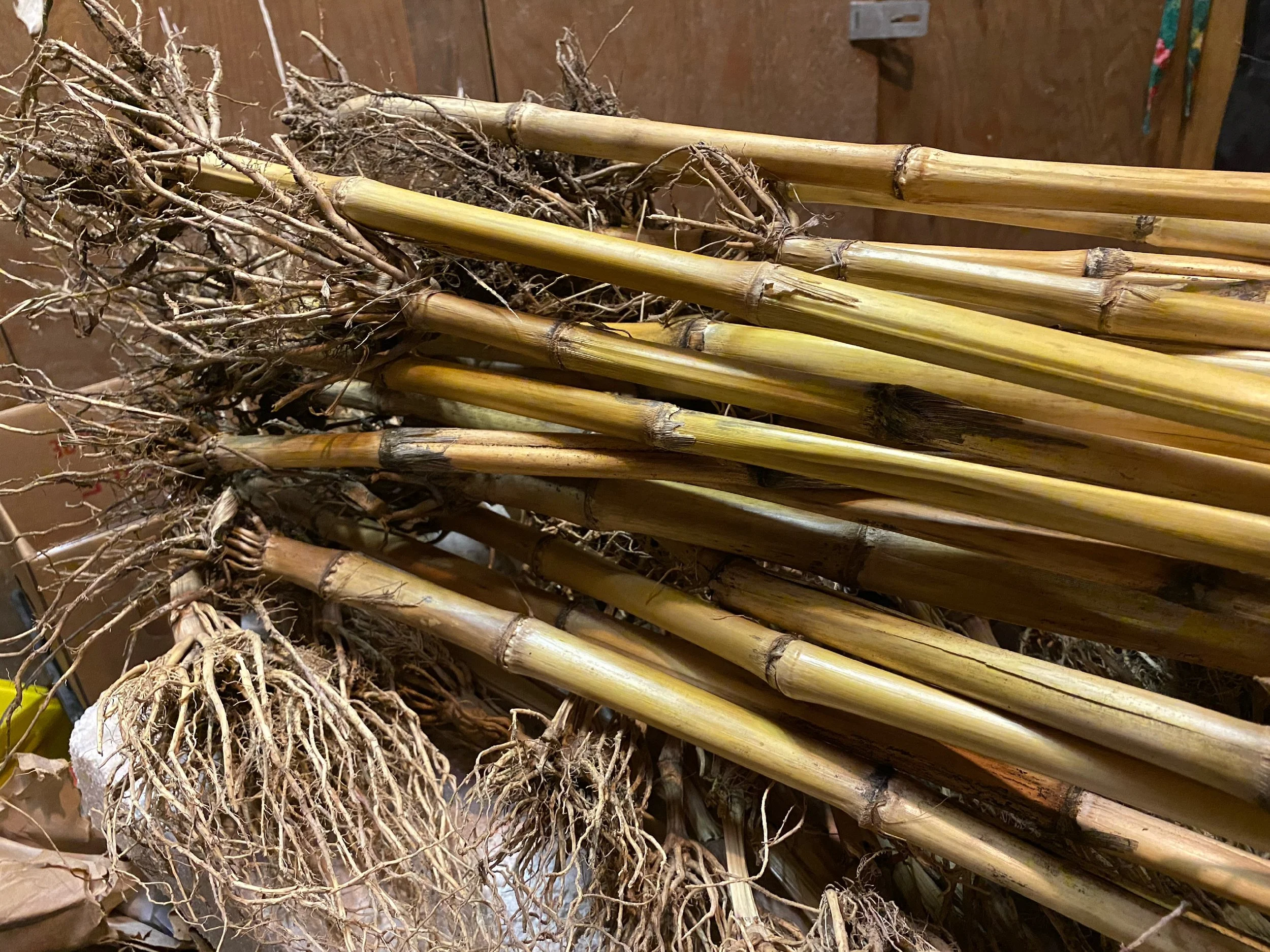
Some of the corn stalks from last year’s yield were spared from compost. They erected the Upheaval installation.
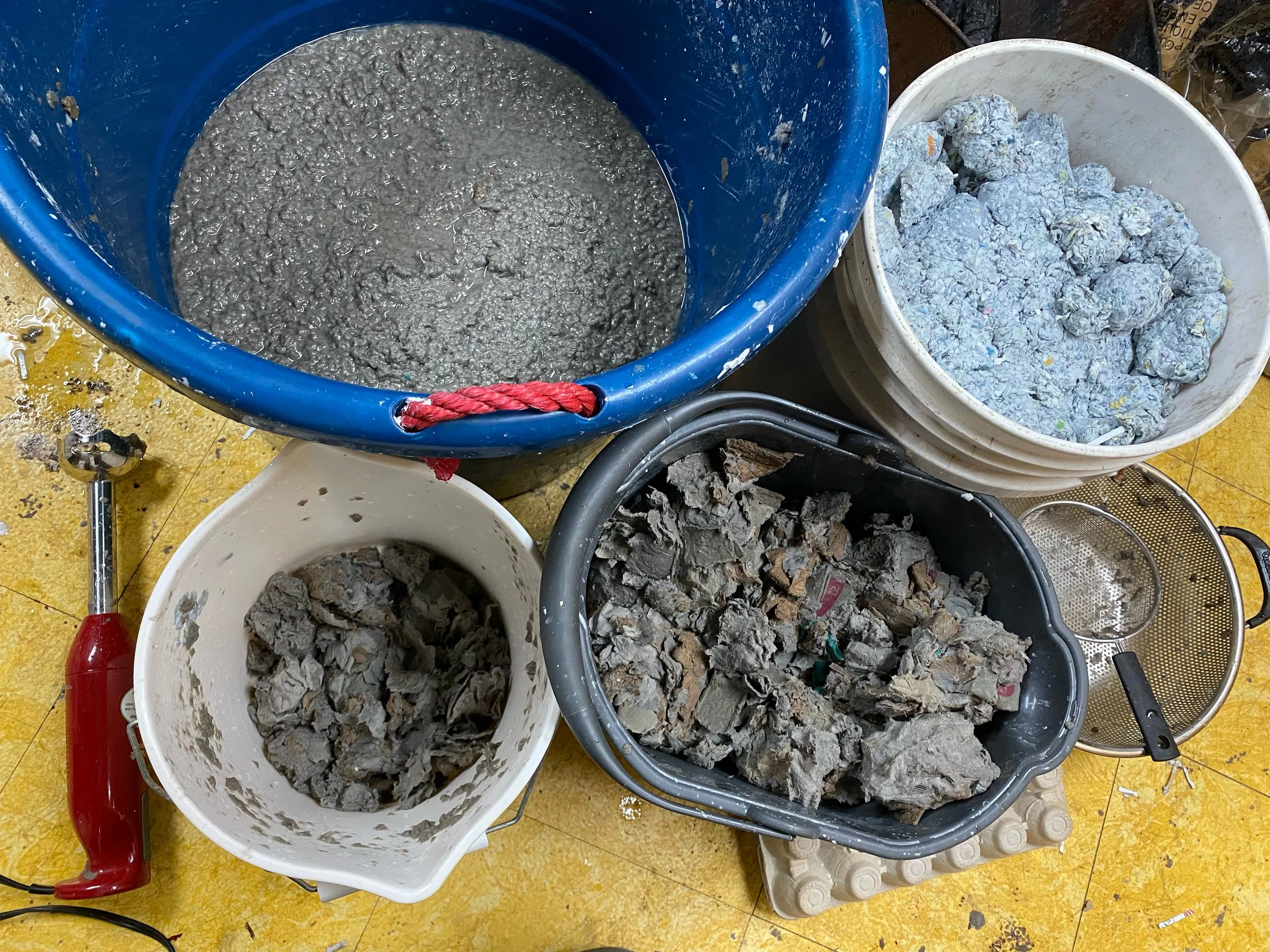
Many newspapers and paper egg cartons produced pulp casting faux stone replicas.
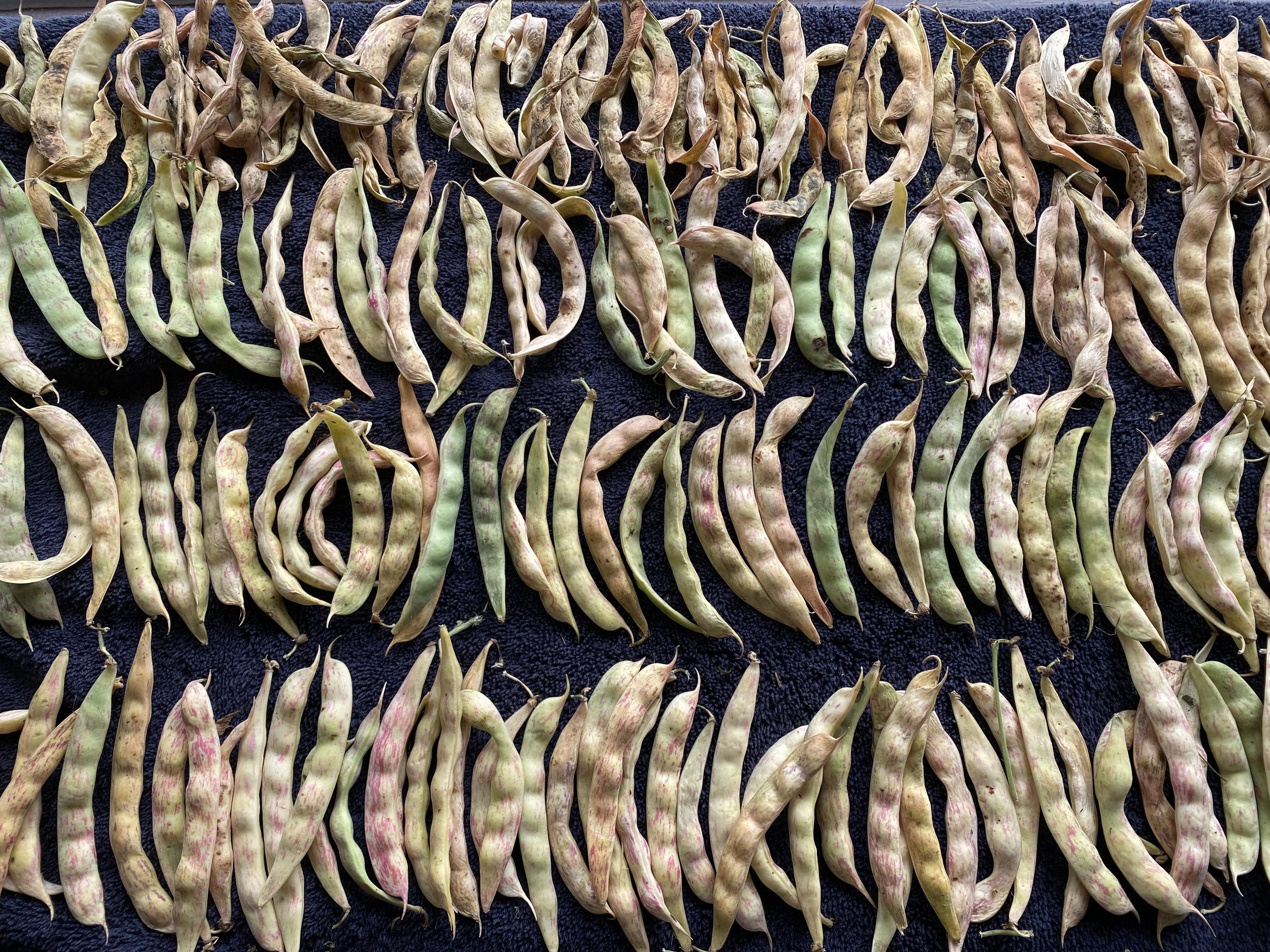
George Washington Carver taught us that planting beans is an act of investing in tomorrow's crops. Grown pinto beans hedge on food insecurities while nitrogen fixes the soil.
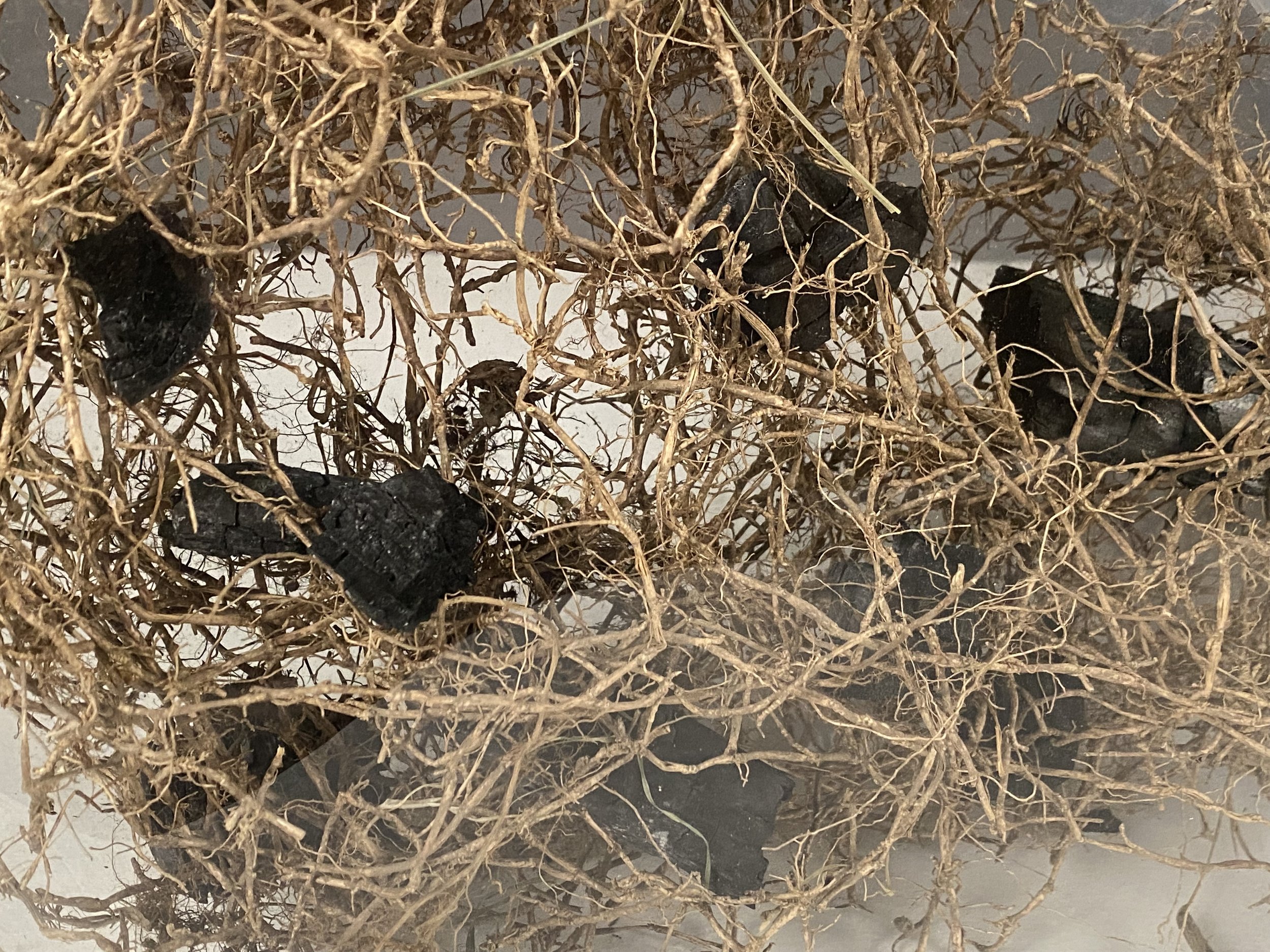
Charcoal and root mediums are the basis for compost as a solution to combat soil depletion.
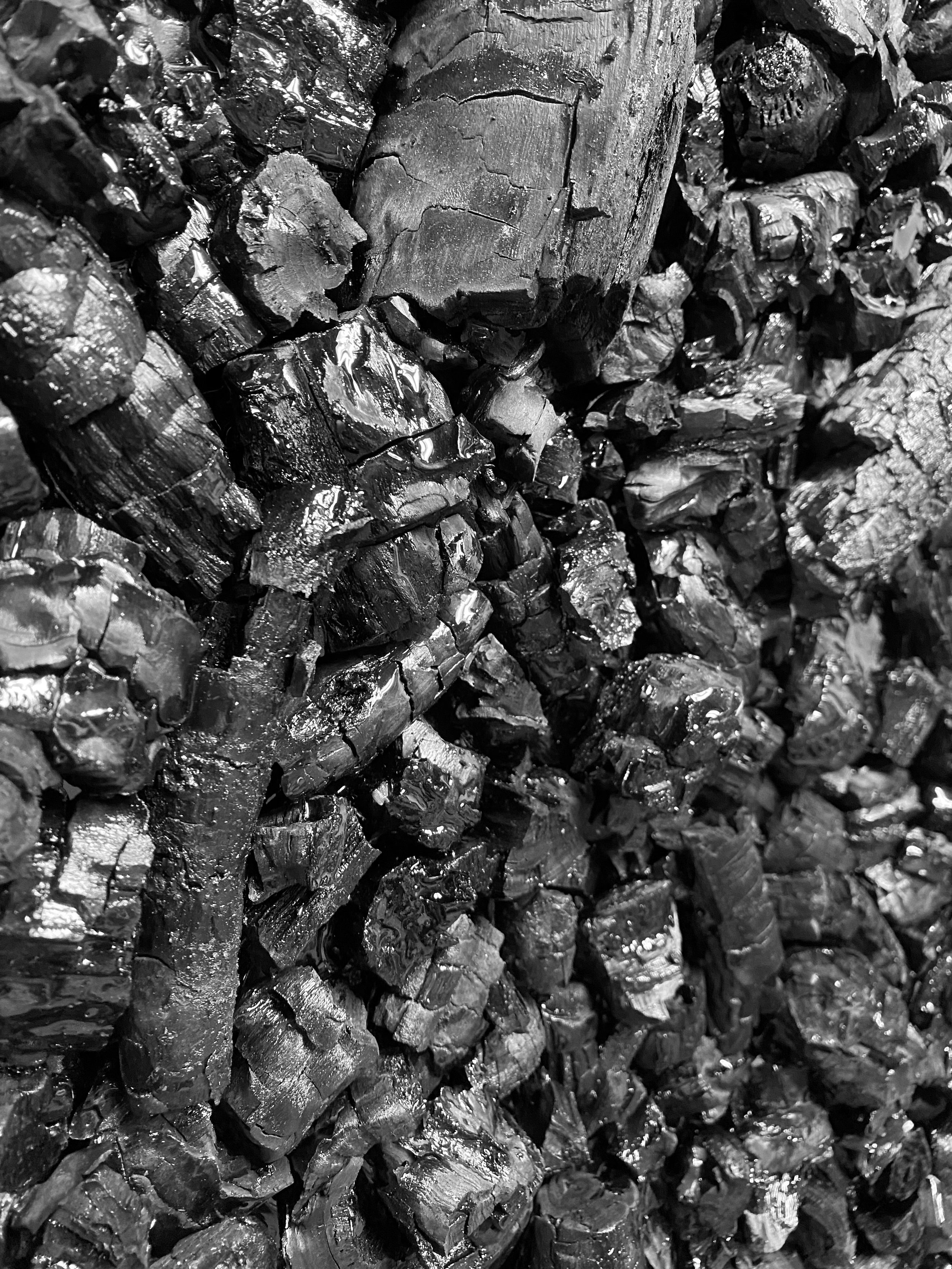
Several hours of charcoal processing for work in this installation.
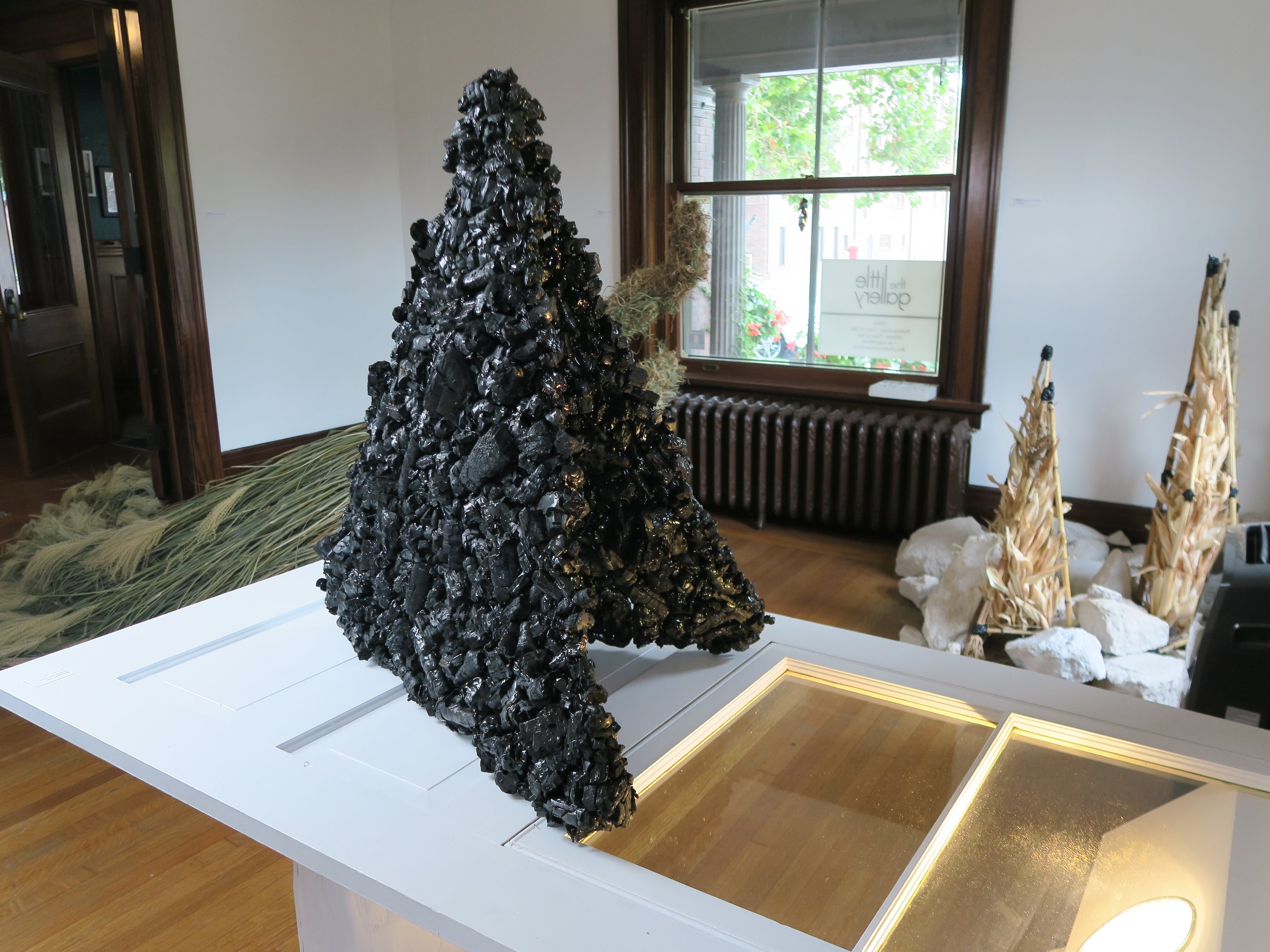
Fiber Position at The Little Gallery
Travis Apel, Copyright © 2003-2025, All Rights Reserved